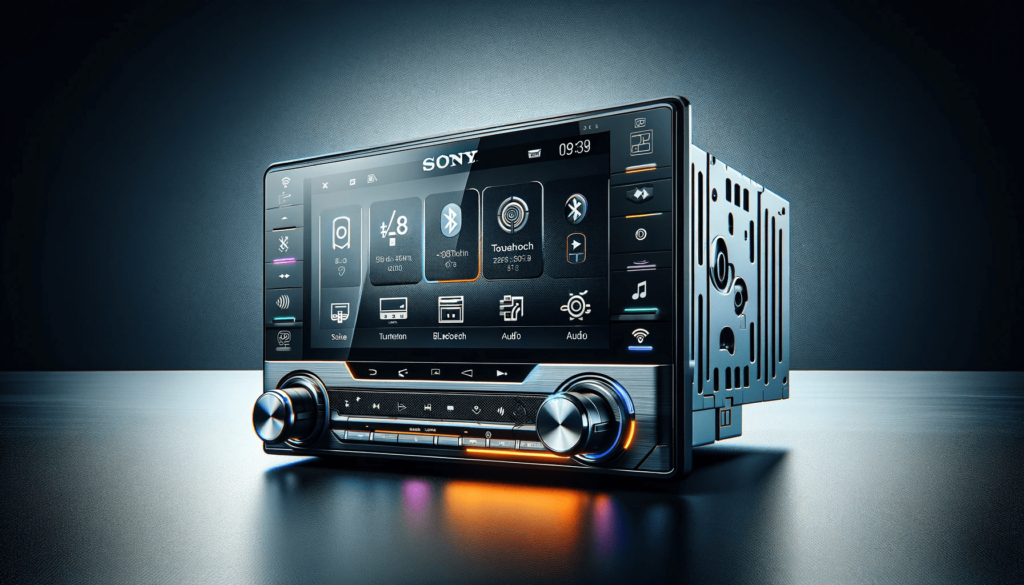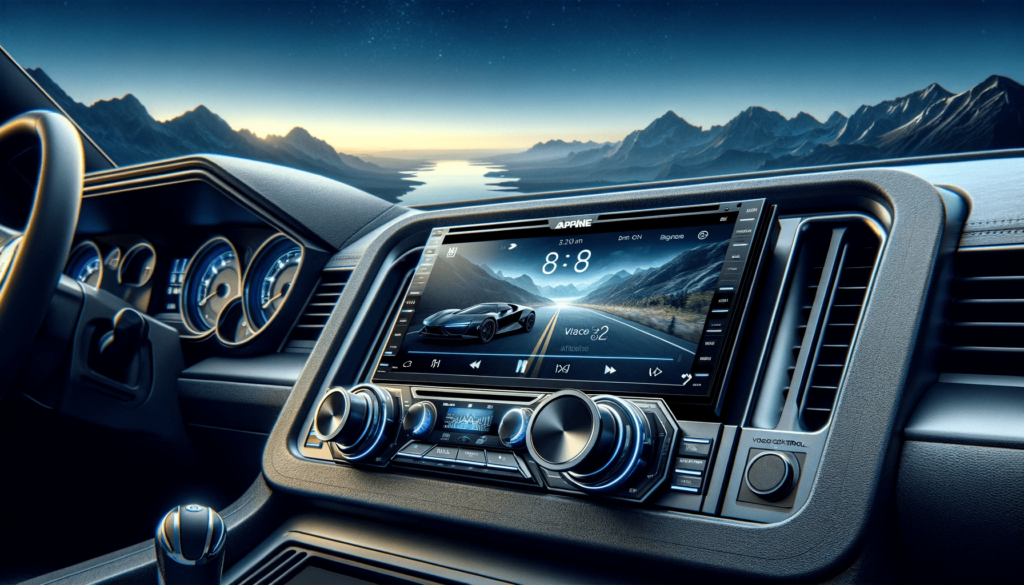diy mobile audio

DIY Mobile Audio: Unleash Your Inner Audiophile
Are you prepared to dive deep into the realm of DIY Mobile Audio? This comprehensive guide will take you on a sonic journey, exploring everything from upgrading your car stereo to crafting your own speakers. Whether you’re a seasoned audiophile or a newcomer to the world of mobile audio enhancement, this article is your go-to resource (industry). So, let’s kickstart this audio adventure with the first section.
kickstart this audio adventure with our top Diy Mobile Audio Categories
DIY Car Stereo: Your Audio Command Center
Your car stereo serves as the central hub for your mobile audio setup, and opting for a DIY car stereo installation can unlock a realm of possibilities. This choice empowers you to tailor your car’s audio system to your unique preferences and budget, allowing for unmatched customization (bestcaraudio). Moreover, by undertaking the installation yourself, you’ll save significantly on installation costs, enabling you to allocate your resources more efficiently (cost savings).
When embarking on a DIY car stereo project, the sense of accomplishment and the knowledge gained are invaluable (learning experience). It’s an opportunity to gain a deep understanding of your vehicle’s audio system, an aspect of car ownership often overlooked (vehicle). As a DIY enthusiast, you’re in control, and the ability to replace and upgrade individual components over time provides the flexibility to evolve your audio setup to match your evolving tastes and needs (upgradability).
diy mobile audio
DIY Audio Speakers: Crafting Sound Excellence
Beyond the head unit, the choice of speakers plays a pivotal role in shaping your audio experience (car audio). When it comes to DIY audio speakers, you gain the power to finely tune your sound to perfection, achieving audio quality that aligns precisely with your preferences (sound quality). This level of customization allows you to select from various speaker types, including coaxial and component speakers, tailoring your setup to meet your specific requirements (speaker types).
By delving into the realm of DIY audio speakers, you also assume control over the installation process (diy installation). Strategic placement of speakers within your vehicle ensures optimal audio distribution, guaranteeing that every passenger enjoys a premium listening experience (installation control). Plus, with cost-effective DIY speaker installations, you can save significant funds while reaping the rewards of enhanced audio quality (savings).
Used Car Audio for Sale: Budget-Friendly Upgrades
For those audiophiles seeking to elevate their mobile audio experience without depleting their bank accounts, exploring the world of used car audio components is a wise move (budget-friendly upgrades). This approach provides access to high-quality equipment at a fraction of the cost (cost-efficiency). Premium brands and models that might have previously been beyond your financial reach become attainable, opening up a world of possibilities (access to premium brands).
With a broader selection of products available in the used car audio market, you can explore various eras and technologies to curate the perfect setup (wider selection). Moreover, this sustainable approach to upgrading your audio system contributes to the reduction of electronic waste, making it an environmentally conscious choice (upcycling).
Can You Hook Up a Car Amp in Your House? The Power Dilemma
One burning question among audio enthusiasts is whether it’s feasible to utilize a car amplifier in a home audio system (car amp in your house). The answer is yes, but navigating the power dilemma is crucial (power supply). Car amplifiers are designed for a 12V DC power supply, making it essential to procure a reliable AC to DC power converter to bridge the gap (wiring). Safety and proper wiring practices are paramount, especially when integrating the amplifier into your home’s electrical system (wiring). Adequate cooling is equally essential, as car amplifiers aren’t engineered for prolonged use, such as what’s typical in a home audio setup (cooling).
Matching the amplifier’s output to your chosen speakers is imperative to prevent damage to your audio components (speaker matching). This meticulous attention to detail ensures a seamless integration of car audio into your home setup, unlocking a world of audio possibilities.
How Do You Hook Up a Stock Radio to an Amp? A Step-by-Step Guide
If you’re considering upgrading your car’s audio system by connecting an amplifier to your stock radio, you’re on the right track. This step-by-step guide will lead you through the process, ensuring a seamless integration of your amplifier into your existing setup (stock radio to an amp).
First, gather your essential tools, such as wire strippers, a wire crimper, RCA cables, and a wiring harness adapter (gathering tools). Safety comes first, so before anything else, disconnect the car battery’s negative terminal to prevent electrical mishaps (disconnect the battery). Carefully remove the stock radio from its housing using the appropriate tools (remove the radio). Now, it’s time to identify the wires responsible for sending audio signals to your car’s speakers (locate the speaker wires).
To connect the stock radio to the amplifier, use RCA cables to bridge the gap between the radio’s outputs and the amplifier’s inputs (connect the RCA cables). The wiring harness adapter plays a crucial role in ensuring compatibility between the stock radio and your vehicle, so don’t overlook this step (wiring harness adapter). Properly wire the amplifier by connecting its power, ground, and remote turn-on wires, following the manufacturer’s instructions (wire the amplifier).
With everything in place, it’s time to reconnect the battery and test your audio system to ensure that all components are functioning correctly (test the system). Finally, tidy up the wiring, making sure it’s safely tucked away to avoid interference (secure the wiring). Congratulations, you’ve successfully connected your stock radio to an amplifier, taking a significant step toward enhancing your mobile audio experience!
How Do You Tune a Speaker Amp? Fine-Tuning for Audiophiles
Once your speaker amplifier is in place, fine-tuning becomes paramount to achieve the perfect sound quality (fine-tuning a speaker amp). Here’s a step-by-step guide on how to fine-tune your amplifier for an audio experience that will leave your ears delighted.
Begin by adjusting the amplifier’s gain settings, starting at the lowest setting and gradually increasing it until you detect any distortion, then back it off slightly (adjust gain settings). To fine-tune your audio system further, employ a test tone generator to play a frequency sweep, allowing you to identify and address any irregularities (play test tones). Use an equalizer to meticulously adjust audio frequencies to match your preferences (equalization).
Properly configuring the crossover settings ensures that each speaker in your setup handles the appropriate frequencies, preventing distortion and optimizing audio quality (crossover settings). For those with advanced setups, consider time alignment to synchronize audio from different speakers, further enhancing your listening experience (time alignment). Finally, put your finely-tuned system to the test by listening to a variety of music genres and making adjustments as needed (listening tests).
If you’re unsure about the intricacies of tuning, don’t hesitate to seek professional help to ensure optimal results (professional help). Fine-tuning your speaker amplifier is a meticulous process that can transform your audio setup from good to exceptional, delivering a listening experience that resonates with your audiophile soul.
Conclusion
Congratulations, you’ve just scratched the surface of the exciting world of DIY mobile audio! Whether you’re revamping your car stereo, crafting custom speakers, or exploring the world of used car audio, this journey offers limitless possibilities for audio enthusiasts.



